Skull Rack of the Great Temple
A disquieting Aztec sculpture displays hundreds of stone skulls representing the victims of human sacrifice.
At the ruins of the Great Temple (Templo Mayor) in the Aztec capital of Tenochtitlan you will find a humble stone wall that on first glance, from a distance, may appear to be just another part of the ancient site. If you take a few steps closer and scrutinize the structure, you will be greeted by hundreds of grinning skulls.
You are now standing face-to-face with the skull rack, or tzompantli as it was known to the Aztecs, of the Great Temple. The tzompantli served three simple yet terrifying social purposes in several Mesoamerican civilizations: to publicly display the skulls of sacrificial victims, to honor the gods to whom the victims were sacrificed, and to showcase the military might and power of the emperor and empire.
Two types of skull racks were used at Aztec religious sites. One was made purely from stone featuring symbolically carved skulls, like the one at the Great Temple. The other was typically much larger and made of wood, which displayed real human skulls to drive the point home.
The wooden tzompantli with human skulls were enormous and imposing, notoriously shocking the Spanish conquistadors when they first encountered the Aztec people. One skull wall is estimated to have been nearly 200 feet long and 100 feet wide at its peak. It would have been able to display tens of thousands of skulls, giving a chilling look at the sacrificial rituals of the ancient civilization.
Know Before You Go
You can find the skull rack at the ruins of the Great Temple. It is not necessary to pay to see it as it can be seen from the railings surrounding the archeological site. There is also an example of an ancient tzompantli inside the Great Temple museum (Museo de Sitio del Templo Mayor).
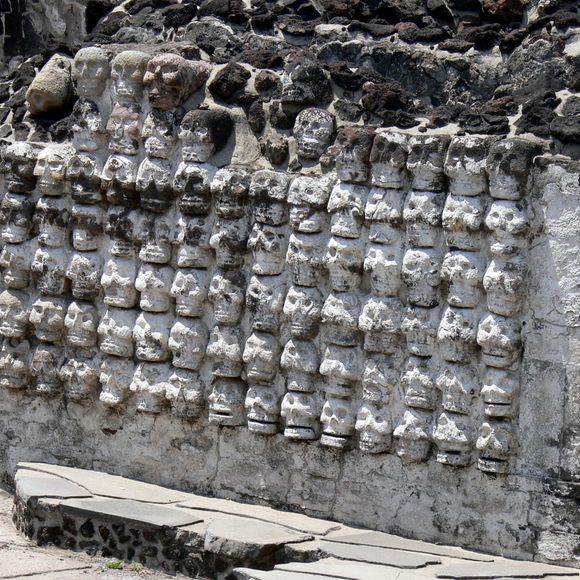



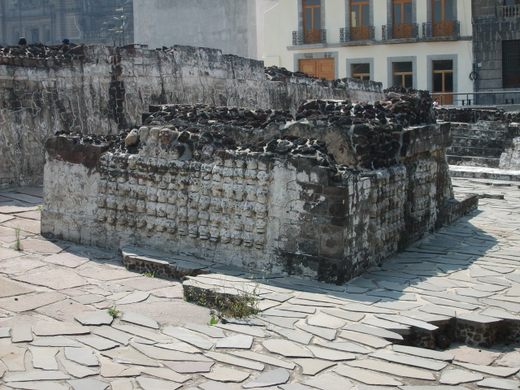

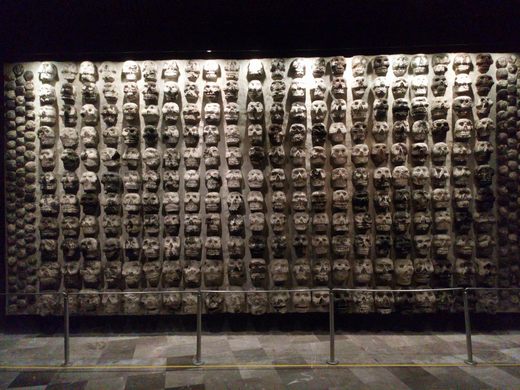









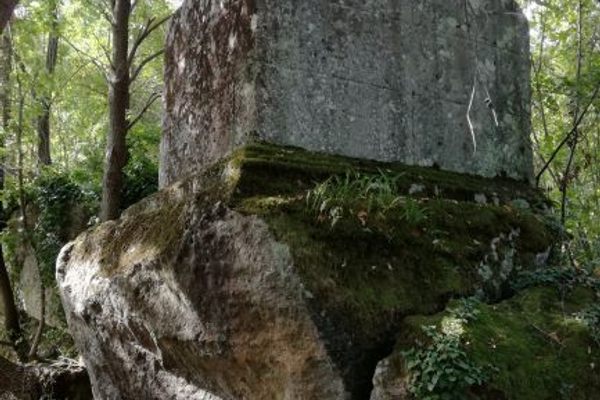

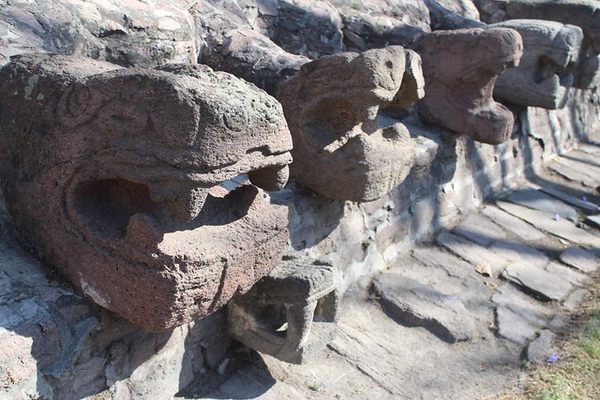


Follow us on Twitter to get the latest on the world's hidden wonders.
Like us on Facebook to get the latest on the world's hidden wonders.
Follow us on Twitter Like us on Facebook